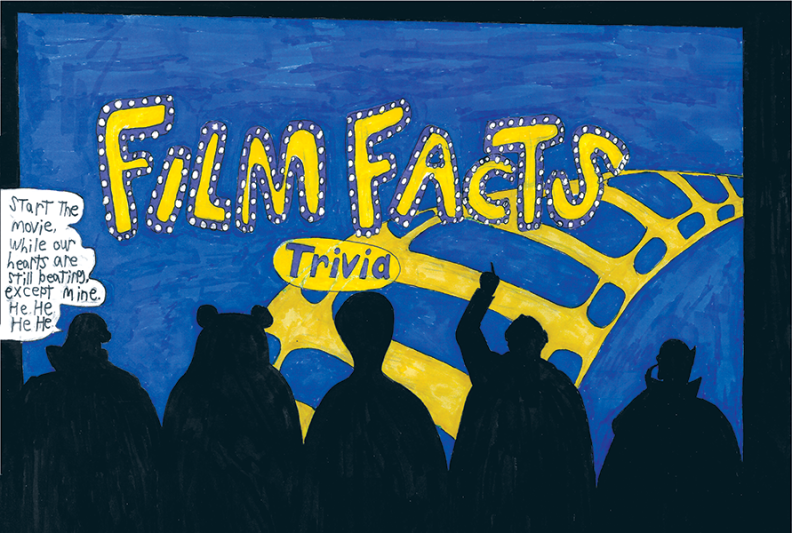Dear MATC Dietetics Student: What is intermittent fasting? What are its advantages, and how can one adopt it into daily life?
Hello Dear Reader: You have a great question, and this may be something others are exploring based on one of their New Years’ Resolutions. Let’s dive into your questions.
What is intermittent fasting?
Intermittent fasting is an eating habit, not a diet. Instead of choosing foods, intermittent fasting determines when to eat. Essentially, it alternates eating and fasting. Since intermittent fasting causes the body to burn fat for energy after emptying its sugar storage, it helps the body utilize its fat more efficiently.
Benefits of Intermittent Fasting:
- Weight Loss and Fat Loss: One of the primary reasons many people turn to intermittent fasting is its potential for weight and fat loss. Since the body burns fat during the fasting period, it can be an effective tool for shedding unwanted pounds.
- Improved Insulin Sensitivity: Fasting can help lower blood sugar levels, which in turn can improve insulin sensitivity, reducing the risk of type 2 diabetes.
- Heart Health: Intermittent fasting has shown potential for reducing risk factors associated with heart disease, such as blood pressure, cholesterol levels, and triglycerides.
- Cellular Health and Longevity: During fasting, cells initiate a cellular “waste removal” process called autophagy. This involves cells breaking down and metabolizing broken and dysfunctional proteins that build up inside cells over time.
Popular Intermittent Fasting Plans:
- 16/8 Method: This involves fasting for 16 hours a day and restricting your eating window to 8 hours. It’s also known as the Leangains protocol. For instance, one might eat from 12 p.m. to 8 p.m. and fast from 8 p.m. to 12 p.m. the next day.
- Eat-Stop-Eat: This involves a 24-hour fast once or twice a week. For example, if you eat dinner at 7 p.m. you won’t eat again until 7 p.m. the next day.
- 5:2 Diet: Here, you consume only 500–600 calories on two non-consecutive days of the week but eat normally the other five days.
What Can I Eat While Intermittent Fasting?
While there isn’t a specific list of foods to eat during intermittent fasting, the objective is to focus on nutrient-dense foods during the eating window. Here are some pointers:
- Stay Hydrated: During the fasting period, non-caloric beverages like water, black coffee, and tea are typically allowed and can help stave off hunger.
- Prioritize Protein and Fiber: When you break your fast, include protein sources like lean meat, poultry, fish, beans, and legumes. Also, incorporate plenty of vegetables for fiber to keep you feeling full.
- Healthy Fats: Avocado, nuts, seeds, and olive oil provide necessary fats that are beneficial for health.
- Avoid Sugary Foods and Drinks: They can cause a sudden spike in blood sugar and may make you feel hungrier sooner.
In conclusion, intermittent fasting offers an array of health benefits and can be a useful tool for those seeking to improve their well-being. As always, it’s essential to consult with a healthcare provider before beginning any new diet or fasting routine.
Article source: Intermittent Fasting: What is it, and how does it work? (2023, March 1). Johns Hopkins Medicine.
Have a Diet Dilemma? Send an email to [email protected] or corner one of your friendly dietetics students at MATC West Allis.































































